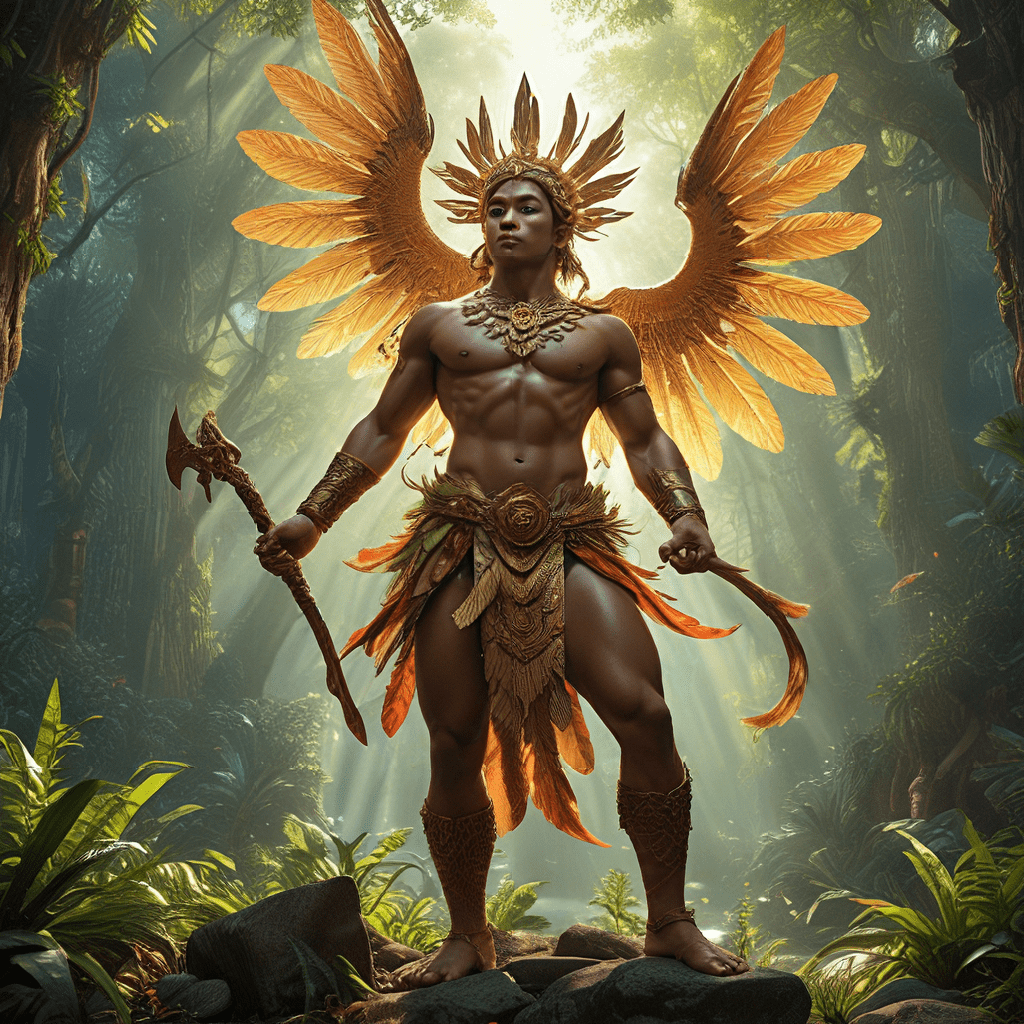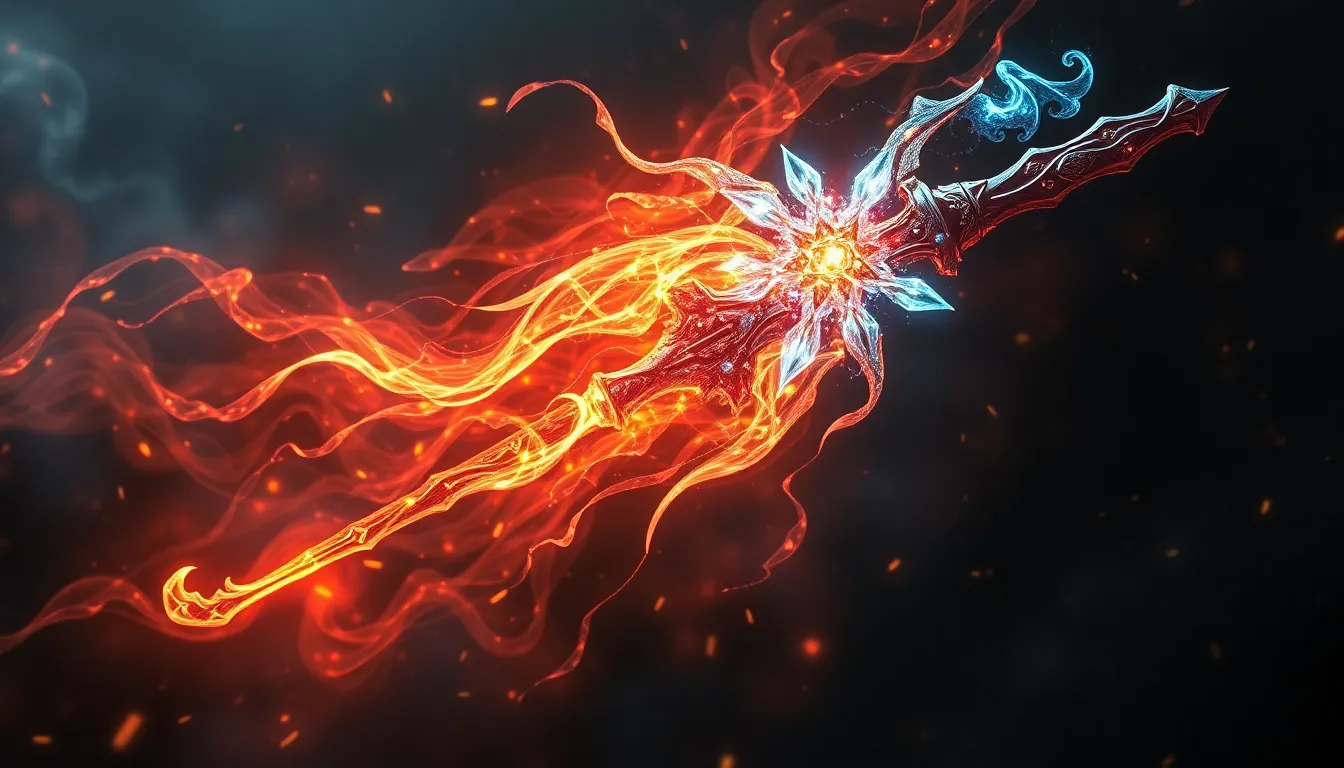The Trickster’s Journey: A Mythological Adventure
I. Introduction to the Trickster Archetype
The Trickster is a fascinating and complex figure in mythology, often embodying a blend of humor, cunning, and chaos. Defined as a character who uses wit and deception to challenge the status quo, the Trickster plays a crucial role in various mythologies around the globe.
Throughout history, the Trickster has served as a vital component in cultural narratives, often representing the duality of human nature. This article will explore the Trickster’s journey, examining its historical origins, characteristics, and significance in modern storytelling.
II. Historical Origins of the Trickster Figure
A. Tricksters in Ancient Mythologies
Tricksters have appeared in numerous ancient mythologies, each with unique attributes and stories:
- Greek Mythology: Hermes, the messenger god, is renowned for his cunning and cleverness, often using his wits to outsmart others.
- Roman Mythology: Mercury, akin to Hermes, embodies trickery and is known for his quicksilver nature.
- Indigenous Cultures: The Coyote in Native American lore and the Raven in Alaskan mythology are celebrated for their mischievous deeds that often teach moral lessons.
B. Evolution of the Trickster Archetype through Time
The Trickster archetype has evolved significantly over the centuries, adapting to reflect the values and challenges of different societies. From ancient times to modern interpretations, the Trickster remains a relevant symbol of rebellion and transformation.
III. Characteristics of the Trickster
A. Common traits and behaviors
Tricksters often share several defining traits that set them apart:
- Cunning and Cleverness: They excel at outsmarting others and often employ ingenious solutions to problems.
- Boundary-breaking and Rule-bending: Tricksters frequently defy societal norms and challenge authority, pushing the limits of what is considered acceptable.
B. The dual nature of the Trickster: creator and destroyer
The Trickster embodies a duality, acting both as a creator of new possibilities and a destroyer of old patterns. This complex nature allows them to navigate the gray areas of morality, presenting dilemmas that question societal values.
IV. The Trickster’s Journey: Stages and Themes
A. The Call to Adventure
The Trickster’s journey often begins with a call to adventure, prompting the character to embark on a quest that challenges their skills and intellect.
B. Crossing the Threshold
This stage involves the Trickster leaving their familiar world and entering the realm of the unknown, where they must confront new challenges.
C. Trials and Challenges faced by the Trickster
Throughout their journey, Tricksters encounter various trials that test their cleverness, adaptability, and resourcefulness.
D. The Role of Allies and Mentors in the journey
Although Tricksters are often solitary figures, they frequently encounter allies and mentors who aid them in their journey, providing guidance and support.
V. Symbolism and Meanings Behind the Trickster’s Actions
A. The Trickster as a catalyst for change
The Trickster’s antics often provoke change, challenging the status quo and encouraging society to evolve.
B. The social and moral implications of their tricks
While Tricksters may engage in deception, their actions often highlight moral lessons, revealing the complexities of right and wrong.
C. The Trickster as a reflection of human nature and society
Through their unpredictable behavior, Tricksters mirror the contradictions inherent in human nature, prompting audiences to examine societal norms and personal beliefs.
VI. Key Trickster Tales from Around the World
A. Analysis of notable Trickster stories
Several Trickster tales have garnered global recognition:
- Anansi the Spider: In West African folklore, Anansi is a clever spider who uses his intelligence to outwit larger animals and teach valuable life lessons.
- Loki: The Norse god of mischief embodies both chaos and creativity, often using his cunning to navigate the realms of gods and giants.
- Br’er Rabbit: In African American folklore, Br’er Rabbit’s clever tricks and guile illustrate the power of wit over brute strength.
B. Themes and lessons from these tales
These stories consistently emphasize themes of resilience, ingenuity, and the importance of questioning authority, inspiring audiences to embrace their own inner Trickster.
VII. The Trickster in Modern Literature and Media
A. Adaptations of the Trickster figure in contemporary storytelling
Modern literature and media have embraced the Trickster archetype, adapting it to fit contemporary narratives.
B. Examples in film, literature, and video games
- Film: Characters like Jack Sparrow in “Pirates of the Caribbean” embody the Trickster spirit, using charm and cunning to navigate perilous situations.
- Literature: Books such as “The Absolutely True Diary of a Part-Time Indian” feature Trickster-like protagonists who challenge societal expectations.
- Video Games: Characters in games like “The Legend of Zelda” often exhibit Trickster traits, solving puzzles and overcoming obstacles with creativity.
C. The relevance of the Trickster in modern society
In an era of rapid change and uncertainty, the Trickster resonates with contemporary audiences, encouraging them to embrace adaptability and resilience in the face of challenges.
VIII. The Psychological Perspective of the Trickster
A. The Trickster in Jungian psychology
In Jungian psychology, the Trickster represents the shadow aspect of the psyche, embodying the repressed and chaotic elements that can lead to personal growth.
B. The Trickster as a symbol of the unconscious mind
The Trickster’s unpredictable nature reflects the complexities of the unconscious, revealing hidden desires and conflicts.
C. How the Trickster can facilitate personal growth and transformation
Engaging with the Trickster archetype can encourage individuals to confront their fears and embrace change, leading to profound personal transformation.
IX. Cultural Significance of the Trickster
The Trickster holds a significant place in cultural narratives worldwide, serving as a reminder of the importance of humor, creativity, and the questioning of authority. As societies continue to evolve, the Trickster’s journey remains relevant, urging us to navigate the complexities of life with cleverness and resilience.



